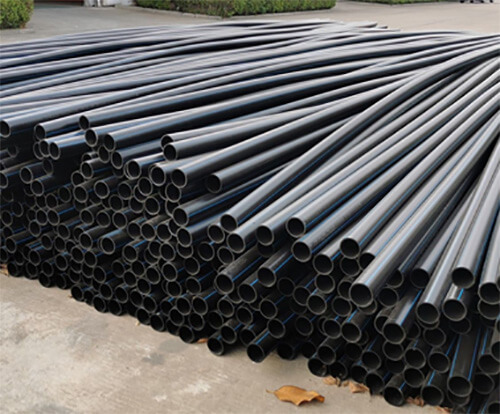We have been a prominent manufacturer of Sprinkler Pipe in the market. It is available in numerous sizes and designs and installed at lawns, gardens, farms and other such places for sprinkling water.
This is robustly made using qualitative raw material and progressive machinery under the vigilance of our professionals at our unit. HDPE Sprinkler Pipe goes through variegated quality checks to make sure that it stands high on finishing, quality, effective usage, corrosion resistance, strength, dimensional accuracy and easy installation.


